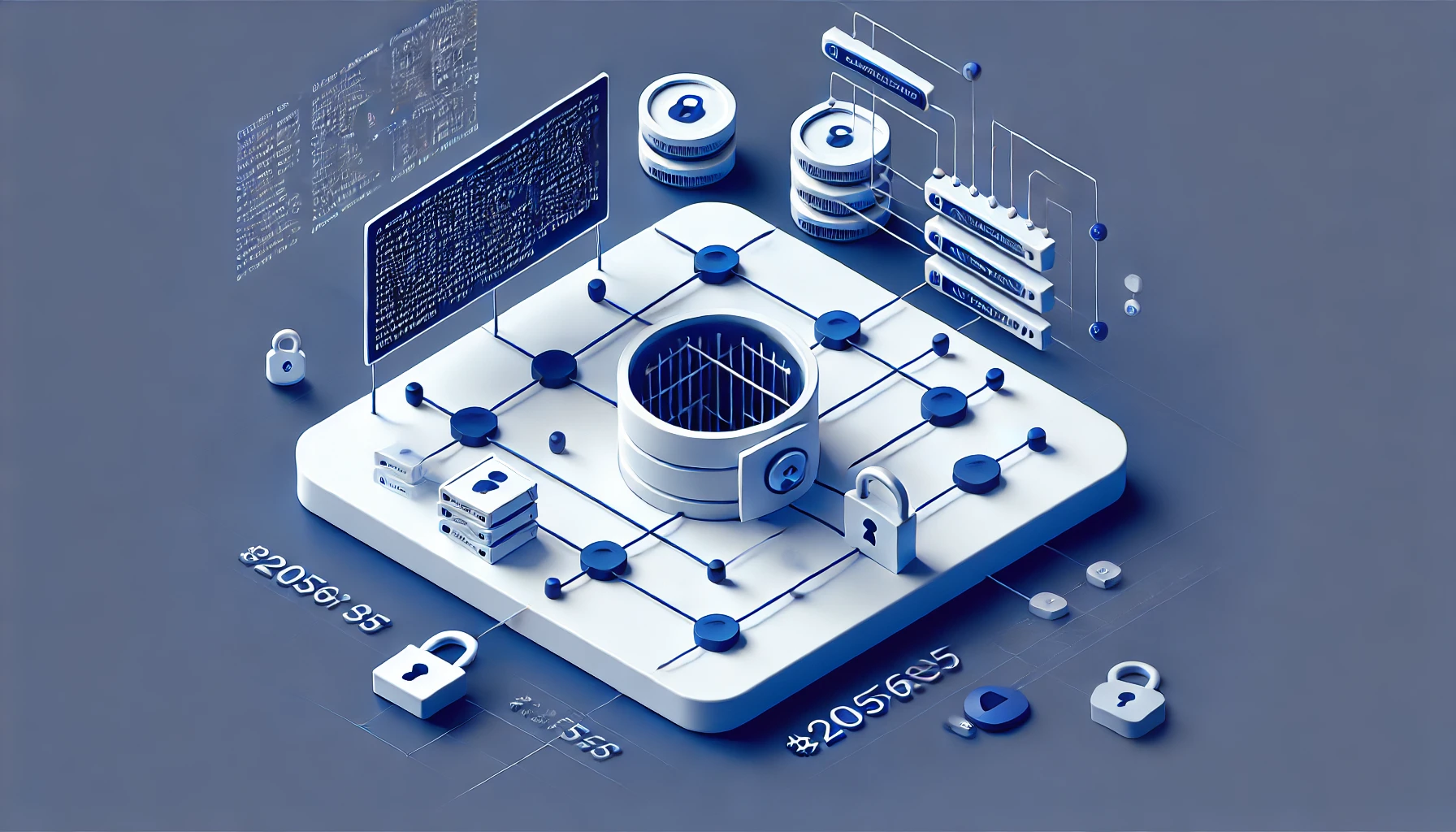
Security Misconfiguration
Executive Summary:
Security misconfigurations are one of the most common yet dangerous vulnerabilities in modern infrastructure. These oversights, ranging from default settings to outdated patches, expose organizations to significant risks such as data breaches and unauthorized access. Recent incidents, such as the Capital One and Microsoft Power Apps breaches, highlight how devastating these errors can be. However, these vulnerabilities are preventable through proactive measures like regular security audits, automated testing, and secure configurations. Ensuring that systems are properly configured and continuously monitored is essential for mitigating the risks associated with misconfigurations.
Security Misconfiguration: A Common But Dangerous Oversight
Security misconfigurations are among the most common vulnerabilities in the digital landscape today, and they represent a significant risk to organizations. Misconfiguration occurs when a system, server, or application is not properly configured, leaving it vulnerable to attacks. While it may seem like a minor oversight, misconfiguration can have devastating consequences, especially as cyber threats become increasingly sophisticated.
What is Security Misconfiguration?
Security misconfiguration refers to improperly set security controls that make an application or infrastructure vulnerable. This could involve default settings, incomplete configurations, or unnecessary services enabled, all of which can expose a system to potential exploits. The OWASP Top 10, which ranks common web application vulnerabilities, lists security misconfiguration as one of the most critical risks.
According to OWASP, security misconfiguration can involve:
- Default accounts with unchanged passwords.
- Unnecessary features or ports enabled.
- Outdated software or missing security patches.
- Incorrect permissions on files or directories.
The Verizon Data Breach Investigations Report (DBIR) emphasizes that misconfiguration is one of the top causes of data breaches across industries, particularly because of its preventable nature.
The Impact of Security Misconfiguration
Misconfigured systems can act as an open door to attackers, leading to various types of attacks, such as data breaches, privilege escalation, or unauthorized access. In 2020, Gartner reported that through 2025, 99% of cloud security failures would be the customer’s fault, largely due to misconfigurations. Given that many companies are now migrating to cloud platforms, ensuring that cloud environments are configured securely is critical.
Moreover, misconfiguration issues often remain undetected until it’s too late. Once an attacker finds an entry point, they can use it to escalate privileges or move laterally through the network, compromising more systems or stealing sensitive data.
Key Examples of Security Misconfiguration
1. Capital One Breach (2019)
In 2019, a security misconfiguration in Capital One’s cloud infrastructure led to one of the largest data breaches in history. A misconfigured web application firewall allowed an attacker to gain access to sensitive data stored in AWS S3 buckets. Over 100 million customer records were exposed, including Social Security numbers and bank account information. The breach underscored the importance of securing cloud environments and configuring security controls correctly.
2. Microsoft Power Apps Incident (2021)
In August 2021, a massive data exposure occurred due to misconfigured Microsoft Power Apps portals. The misconfiguration left sensitive data, including COVID-19 contact tracing information and personal identifiers, exposed on the internet. An estimated 38 million records were affected due to insecure default permissions, highlighting how misconfigurations can impact even well-established platforms.
How to Prevent Security Misconfigurations
The good news is that security misconfigurations are preventable with the right approach. Here are some key practices to help minimize the risk:
- Automate Security Testing: Use automated tools to detect vulnerabilities and misconfigurations across your systems. Many tools can scan for open ports, default credentials, and misconfigured services.
- Regularly Update and Patch Systems: Ensure that your software and systems are always up to date with the latest security patches. This helps close any vulnerabilities that could be exploited by attackers.
- Disable Unnecessary Services: Disable any services or features that are not being used. Every active service is a potential entry point for an attack, so it’s essential to minimize the system’s attack surface.
- Use Hardened Configurations: Implement secure configurations for your operating systems, networks, and applications from the start. CIS (Center for Internet Security) benchmarks provide a good starting point for secure configuration standards.
- Monitor Configurations Continuously: Regular audits and continuous monitoring help to detect and correct misconfigurations before they can be exploited.
Conclusion
Security misconfigurations are a prevalent yet easily preventable threat. With proper configuration management, regular audits, and the use of automated tools, organizations can reduce the risk of breaches stemming from misconfiguration. In an increasingly connected and cloud-driven world, attention to configuration settings will be more crucial than ever to avoid costly and damaging attacks.
Investing in the Right Security Solutions
To close potential security gaps in your application, Codesealer offers a solution that prevents reconnaissance of the attack surface. By encrypting all APIs, Codesealer hides potentially valuable information from attackers, preventing them from accessing the APIs directly and seeing payload structures and responses.
Contact us today to learn how Codesealer can provide the proactive protection your business needs. Our cutting-edge technology ensures that your APIs remain secure, safeguarding your business from the ever-evolving threat landscape.
